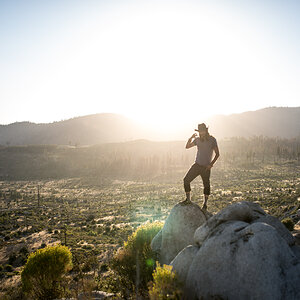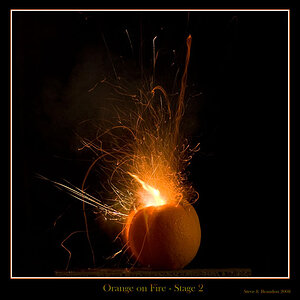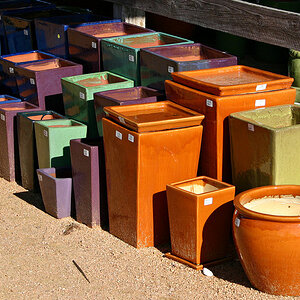Grandpa Ron
Been spending a lot of time on here!
- Joined
- Aug 9, 2018
- Messages
- 1,156
- Reaction score
- 703
- Can others edit my Photos
- Photos OK to edit
I have finally reached to point where my Large Format and black and white home development errors have been reduced to tolerable numbers. 
Quite frankly, I am surprised how once the negative is digitized, even with a simple light table and digital camera, how easy it is to post process really nice prints. I know the master of the photographic art might cringe at what I call an excellent photograph; but after reading Ansel Adam's book trilogy, I realized why I have always enjoyed turn of the last century photos. Yes those old photos often lack the exposer, tonality and sharpness of modern film prints. They simple simply look natural, "as shot" is the common term: even tough a lot of photographic processing knowhow was used to deliver what the old photographers wanted.
Naturally I have been working with the less expensive Arista EDU and Mummy brands of 4x5 films. so my question is, does the brand of film and/or developer make much difference when not using the traditional dark room techniques?

Quite frankly, I am surprised how once the negative is digitized, even with a simple light table and digital camera, how easy it is to post process really nice prints. I know the master of the photographic art might cringe at what I call an excellent photograph; but after reading Ansel Adam's book trilogy, I realized why I have always enjoyed turn of the last century photos. Yes those old photos often lack the exposer, tonality and sharpness of modern film prints. They simple simply look natural, "as shot" is the common term: even tough a lot of photographic processing knowhow was used to deliver what the old photographers wanted.
Naturally I have been working with the less expensive Arista EDU and Mummy brands of 4x5 films. so my question is, does the brand of film and/or developer make much difference when not using the traditional dark room techniques?


![[No title]](/data/xfmg/thumbnail/35/35263-86f580cf5d28d23109a45984030a79ad.jpg?1619736968)

![[No title]](/data/xfmg/thumbnail/38/38261-db20f6f92ee8f0d4c5cf1536e308638b.jpg?1619738546)
![[No title]](/data/xfmg/thumbnail/37/37129-2b15d9f6bc8d43c2c1247a6c591d14aa.jpg?1619737884)




![[No title]](/data/xfmg/thumbnail/38/38720-f0f83c1b09a42065eefec8923841d54d.jpg?1619738701)
![[No title]](/data/xfmg/thumbnail/37/37126-93feffeca0e9e6ad893962c03a7a341e.jpg?1619737884)

